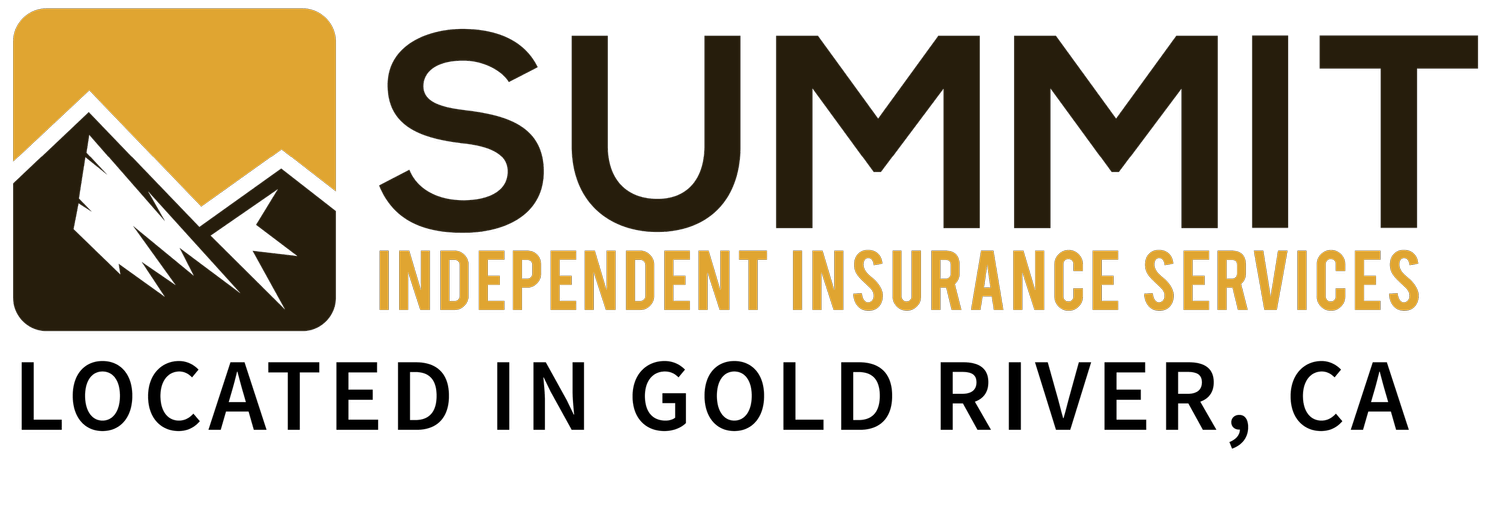Medicare Part D
Medicare Part D, a voluntary federal program, is designed to assist eligible individuals in covering the cost of prescription drugs. This program is an optional benefit available to anyone enrolled in Medicare, regardless of their income or health status.
How does Medicare Part D work?
Medicare Part D plans are offered by private insurance companies that have been approved by Medicare. These plans can vary in cost and the specific drugs they cover, but all must provide at least a standard level of coverage set by Medicare. In 2023, there will be 801 Prescription Drug Plans (PDPs) offered across the 34 PDP regions nationwide (excluding the territories), a 5% increase from 2022. Beneficiaries in each state will have a choice of multiple stand-alone PDPs, ranging from 19 PDPs in New York to 26 PDPs in California.
What does Medicare Part D Cover?
Medicare Part D covers a wide range of prescription drugs, including many generic and brand-name drugs. Each plan has a formulary, or list of covered drugs, which is divided into tiers. Drugs in lower tiers generally cost less than those in higher tiers. Plan formularies must include drug classes covering all disease states, and a minimum of two chemically distinct drugs in each class. Part D plans are required to cover all drugs in six so-called “protected” classes: immunosuppressants, antidepressants, antipsychotics, anticonvulsants, antiretrovirals, and antineoplastics.
The Donut Hole
One important aspect of Medicare Part D to understand is the coverage gap, often referred to as the "donut hole." This is a temporary limit on what the drug plan will cover. In 2023, once you and your plan have spent $4,660 on covered drugs, you're in the coverage gap. While in the gap, you'll pay no more than 25% of the cost for your plan's covered brand-name prescription drugs. You'll continue to pay this amount until your out-of-pocket costs reach $7,400.
How to Enroll
You can enroll in a Medicare Part D plan when you first become eligible for Medicare during your Initial Enrollment Period. If you don't sign up when you're first eligible and decide to enroll later, you may pay a late enrollment penalty unless you qualify for an exception. You are not obligated to enroll, but there may be consequences (such as permanent late penalties and delayed coverage) if you don't sign up when you are first eligible to do so.
Learn more about enrollment here.
Choosing a Plan
When choosing a Medicare Part D plan, consider the following:
Cost: This includes the monthly premium, yearly deductible, and drug costs (copayments or coinsurance).
Coverage: Make sure the plan covers the drugs you need. You can check a plan's formulary to see which drugs are covered.
Pharmacy: Check if your pharmacy is in the plan's network. Using an in-network pharmacy can save you money.
Quality: Medicare rates the quality of all Part D plans each year. Consider choosing a plan with a high rating.
Remember, the best plan for you depends on your specific needs and circumstances. It's important to review your options each year to ensure you have the coverage that's right for you.
Extra Help
If your income is limited, you may qualify for a part of the program known as "Extra Help." If you qualify, you'll pay very little for your medications. Through the Part D Low-Income Subsidy (LIS) program, additional premium and cost-sharing assistance is available for Part D enrollees with low incomes (less than 150% of poverty, or $20,395 for individuals/$27,465 for married couples in 2022) and modest assets (up to $15,510 for individuals/$30,950 for couples in 2022).
Future Changes
With the passage of the Inflation Reduction Act, major changes are coming to the Medicare Part D program. These provisions will phase in over the next several years starting in 2023. The law authorizes the Secretary of the Department of Health and Human Services to negotiate the price of some drugs covered under Medicare, requires drug manufacturers to pay a rebate to the federal government if prices for drugs covered under Part D and Part B increase faster than the rate of inflation, adds a hard cap on out-of-pocket drug spending under Part D by eliminating the 5% coinsurance requirement for catastrophic coverage in 2024 and capping out-of-pocket spending at $2,000 in 2025, and limits the price of insulin products to no more than $35 per month in all Part D plans starting in 2023.



